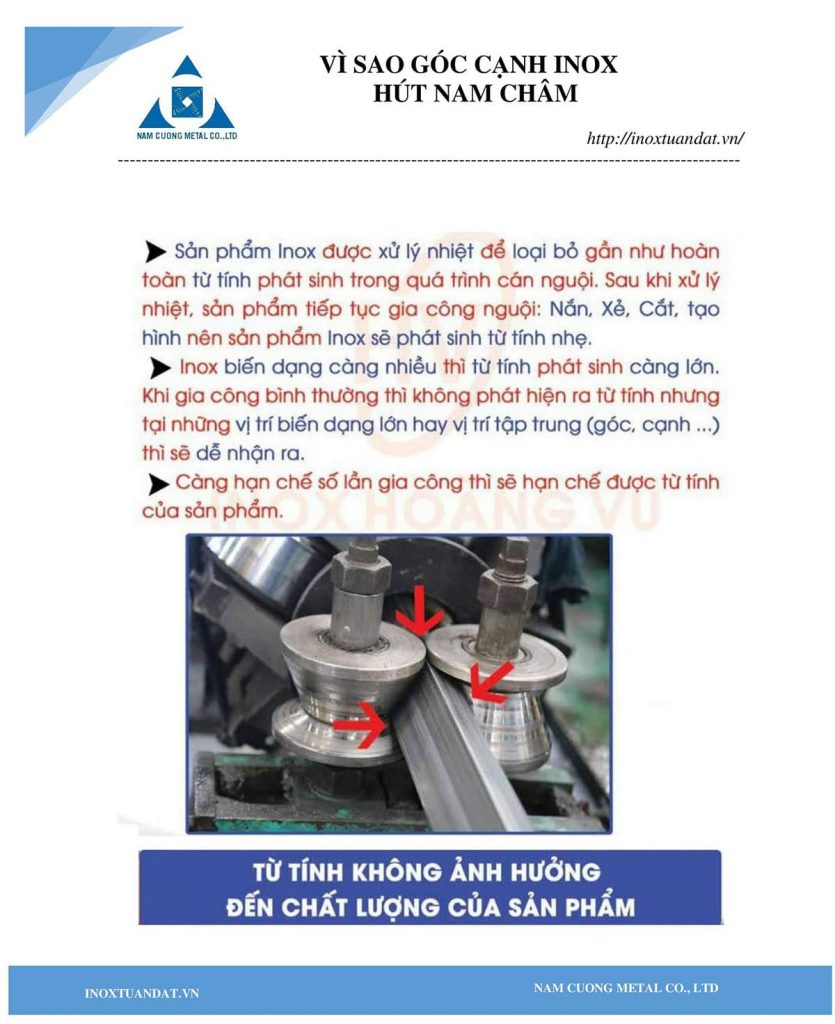Instructions for use and cleaning
Inox User Guide – Nam Cuong Metal Company Limited
What is the best way to clean stainless steel?
Use hot water with mild soap to clean and remove all dirt.If you wash it while it is still hot, it can cause them to stretch and cause warping. Inox tools can be safely cleaned with a washing machine.
How is the best temperature?
Low to medium temperatures are best, so don’t let them get too high.
How to remove the water plate residue on stainless steel appliances?
Speckled sludge may occur due to the nature of the water in your area. To prevent, always rinse tools with hot water after washing and dry immediately. If water spots appear, use a special detergent for non-abrasive stainless steels, such as Fissler Stainless Steel Cleanser. Use a damp cloth to rub the solution in circular motions. When the dirt is gone, rinse the pan with hot water and allow to dry.
Fissler’s stain remover and polish remover can remove most stains on stainless steel
Why do my stainless steel appliances turn yellow?
Excessive heat or food will cause stainless steel to turn yellow, copper, blue or rainbow colors on the surface. Color patches are harmless and can be removed using a special detergent for non-abrasive stainless steels, such as Fissler Stainless Steel Cleaser. Use a damp cloth to rub the solution in circular motions. When the dirt is gone, rinse with hot water and let dry.
Why do stainless steel utensils appear a translucent white film?
Minerals in water or starch in food can leave a white film on stainless steel. This will not affect stainless steel performance and can be removed by rubbing the white film area with a sponge dipped in lemon juice or vinegar, rinsing with hot water and drying.
Why are there white spots in stainless steel utensils?
In addition to the cause of water, the untreated salt can also leave white spots or even create patchy spots under the stainless steel chart. Spots do not affect cooking performance but cannot be cleaned. Consumers note, using insoluble salt in stainless steel tools may void the warranty. To prevent any of the above from happening, always wash clean or warm water after exposure to salt.
How to remove a burnt burn?
Avoid scraping stainless steel or using metal cleaning pads. Use boiling water for a few minutes, let the water cool and rinse the stainless steel stove normally. For severe dirt, you can use a strong spray nozzle to let the fire go away slowly. Use Fissler Stainless Steel Cleaser solution to completely remove stains, rinse with hot water and allow to dry
Stainless steel in the long term can cause stretch marks by the osmosis of salt, fats, spices and acids in food. Food storage may be considered improper use and void your warranty
Why are there scratches on stainless steel tools?
Stainless steel can be scratched if handled incorrectly. Scratches do not affect the performance but only detract from the stainless steel aesthetics, and therefore are not considered the fault of the manufacturer. To avoid scratches: (1) Do not use a knife or metal tool to scrape. (2) Always arrange stainless steel tools carefully for storage.
Above are some basic questions of consumers in the process of using stainless steel tools, Nam Cuong Metal Co., Ltd. is based on the experience gained over 15 years of selling stainless steel equipment to answer for you. customer. If you need to learn more about kitchen appliances, please contact directly Nam Cuong Metal Co., Ltd for dedicated advice and get the best price.



 Tiếng Việt
Tiếng Việt